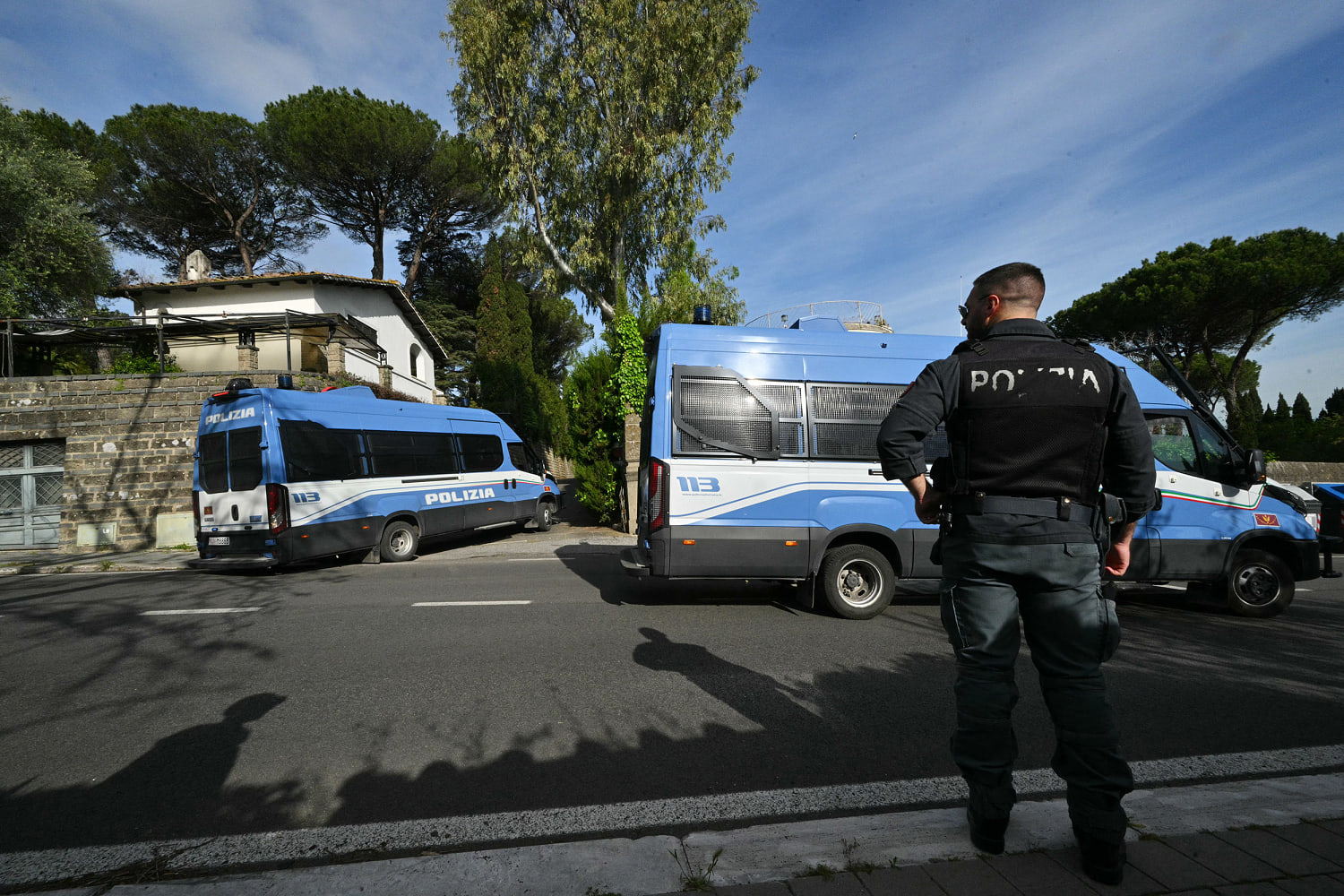
DUBAI, United Arab Emirates — Negotiations between Iran and the United States over Tehran’s rapidly advancing nuclear program will move Wednesday to what is known as the “expert level” — a sign analysts say shows that the talks are moving forward rapidly.
However, experts not involved in the talks who spoke with The Associated Press warn that this doesn’t necessarily signal a deal is imminent. Instead, it means that the talks between Iranian Foreign Minister Abbas Araghchi and U.S. Mideast envoy Steve Witkoff haven’t broken down at what is likely the top-level trade — Tehran limiting its atomic program in exchange for the lifting of economic sanctions.
“Agreeing to technical talks suggests both sides are expressing pragmatic, realistic objectives for the negotiations and want to explore the details,” said Kelsey Davenport, the director for nonproliferation policy at the Arms Control Association who has long studied Iran’s nuclear program.
“If Witkoff was making maximalist demands during his talks with Araghchi, such as dismantlement of the enrichment program, Iran would have no incentive to meet at the technical level.”
That technical level, however, remains filled with possible landmines. Just how much enrichment by Iran would be comfortable for the United States? What about Tehran’s ballistic missile program, which President Donald Trump first cited in pulling America unilaterally out of the accord in 2018? Which sanctions could be lifted and which would remain in place on the Islamic Republic?
“The most important determinant of expert talks’ value lies in whether there is a political commitment to do something and experts just need to figure out what,” said Richard Nephew, an adjunct fellow at the Washington Institute for Near East Policy who worked on Iran sanctions while at the U.S. State Department during negotiations over what became the 2015 nuclear deal.
“If the experts also have to discuss big concepts, without political agreement, it can just result in spun wheels.”
The 2015 nuclear deal saw senior experts involved in both sides of the deal. For the U.S. under President Barack Obama, Energy Secretary Ernest Moniz reached an understanding working with Ali Akbar Salehi, then the leader of the Atomic Energy Organization of Iran. Both men’s technical background proved key to nailing down the specifics of the deal.
Under the 2015 agreement, Iran agreed to enrich uranium only to 3.67% purity and keep a stockpile of only 300 kilograms (661 pounds). Today, Iran enriches some uranium up to 60% purity — a short, technical step away from weapons-grade levels of 90%. The last report by the International Atomic Energy Agency put Iran’s overall uranium stockpile in February at 8,294.4 kilograms (18,286 pounds).










More Stories
Farmers challenge John Deere’s control over equipment repair
Multiple casualties feared after ‘terror attack’ at Kashmir tourist hotspot, Indian police say
Info Pete Hegseth shared with wife, brother came from top general’s secure messages